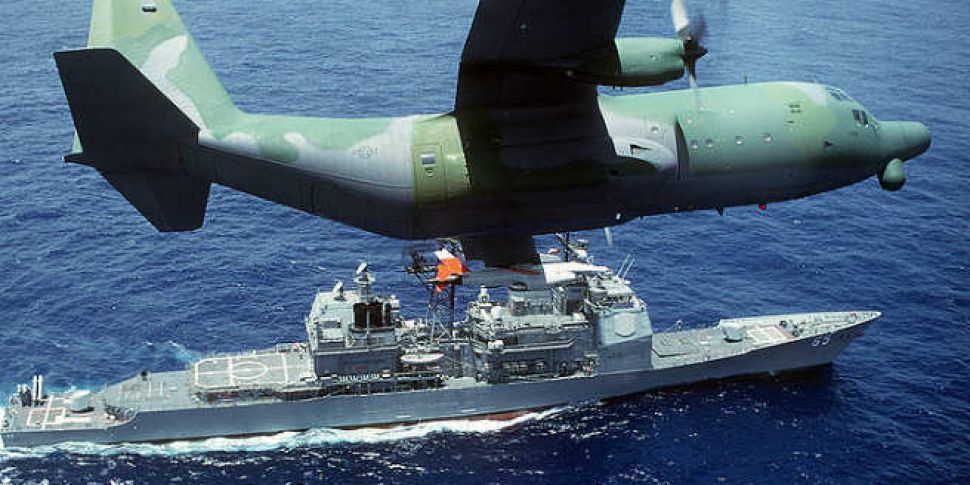‘Drones’ – or unmanned aerial vehicles (UAVs) – are unmanned aircrafts, either controlled remotely by ‘pilots’ on the ground or autonomously following a programmed path. Significantly cheaper than manned flights, UAVs are also gaining popularity as there are no on-board crew members put at risk.
Many drones are used or are being developed for surveillance and reconnaissance purposes. Indeed, many expect them to be heavy utilised by domestic governments and even private companies in the near future, and not just to insidiously increase state surveillance. In theory they could be effectively utilised for in-depth scientific research or effective responses in emergency situations (such as fire-fighting or policing).
However, UAVs have earned infamy in recent years as a result of the US militarised campaign of ‘drone warfare’ in countries such as Pakistan, Yemen and Somalia. As part of the seemingly endless (and arguably lawless) ‘War on Terror’, drones have been used in order to attack alleged terrorist suspects in foreign territories. The aircraft are launched by ground crews stationed abroad, and the flight itself very often controlled by individuals in the US (predominantly from a control centre at Creech Air Force Base in Nevada).
Civilian casualties
Launching missiles and bombs against militants from the Taliban, al-Qaeda and other organisations has led to serious collateral damage and civilian casualties. The secretive nature of the ‘drone war’ makes accurate figures hard to come by, with estimates for the level of civilian casualties varying wildly from 20% to 90% of all deaths from drone strikes. However, as a result of officially released information, investigative journalism and other reports, general pictures of the scale of the US UAV campaigns have emerged.
Estimates put the number of casualties in Pakistan alone at between 2,537-3,533 deaths from 368 confirmed drone strikes. Of these, between 411 and 884 victims are reported to have been civilians (including 168-197 children), as well as injuring potentially thousands of others.
Between 46 and 56 confirmed strikes in Yemen (again, even ‘official’ estimates vary between countries and individual organisations) have led to 240-347 deaths. However, reports also suggest there may have been somewhere between almost 100 other, unconfirmed drone strikes in the country, responsible for upwards of 440 deaths. Four US citizens have been killed as a result of drone strikes over the last decade, including at least one specific target in the form of radical Muslim cleric Anwar al-Awlaki (killed in Yemen in 2010).
Legality and policy changes
The drone strikes have caused international controversy, with the UN the most prominent organisation to have criticised US policy and to have called for an end to the drone campaign. In Pakistan itself, the situation is complicated. Leaked documents from Wikileaks and others suggest that some military and government authorities have co-operated with the US in their predominantly rural drone campaign against militant forces. However, it has also significantly increased anti-US sentiment among the Pakistani population, and as the campaign has worn on relations between the two countries have deteriorated (not helped by events such as the Salala incident).
The domestic and international legality of the US drone strikes (or ‘targeted assassinations’) has been one of the major questions posed as controversy over the UAV attacks has grown more pronounced over recent years. With drone strikes separated between the military and CIA, the CIA campaign particularly has frequently operated covertly, with authorities withholding many details about the various strikes (the oftentimes secret campaign supported by the equally controversial Patriot Act).
Obama – who has to sign-off on the foreign UAV attacks – has both defended and acknowledged problems with current policy through his speech yesterday. Although pledging meaningful reform – particularly by shifting the major responsibility for drone operations from the ‘legal shadows’ of the CIA to the Pentagon – he has also defended the campaign overall, saying that it has ‘saved lives’. However, he promised the reliance on and prevalence of unmanned strikes will overall decrease – their use to be determined through special courts, and only used to prevent ‘imminent attacks’ as opposed to attacking general suspects.
Response to the proposed shift in policy has been mixed, with some human rights groups welcoming the pledge towards greater transparency despite fundamentally objecting to the armed drone campaign.









